The DePIN Explorer - DePIN Scan
Trending 🔥
DePIN Market Cap
$28,210,830,485
+1.0%
Volume
$16,862,961,693
+49.5%
DePIN Projects
295
DePIN Devices
19,080,004
DePIN Projects
DePIN Scan is the explorer for DePIN crypto projects. There are 295 DePIN Projects with a combined DePIN market cap of $28,210,830,485 and total DePIN devices of 19,080,004. Click into the projects below to learn how to start earning passive income today.
Project | Token | Category | Social Following | Market Cap | Token Price | 24h Trade VOL | 1D | 7D | 30D | Total Devices | Last 7 days |
|---|---|---|---|---|---|---|---|---|---|---|---|
 | SOL | Chain | 2,857,235 | $124,507,688,967 | $262.52 | $9,022,820,210 | -1.4% | +16.5% | +47.4% | - | |
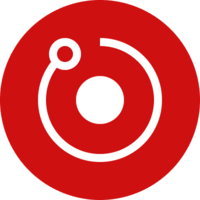 | RNDR | ServerAI | 205,610 | $4,016,768,407 | $7.78 | $376,738,263 | +2.6% | +6.6% | +46.0% | - | |
 | FIL | Server | 664,476 | $2,947,031,573 | $4.9 | $692,222,495 | +11.2% | +21.1% | +35.2% | 3,539 | |
 | THETA | ServerAI | 270,337 | $1,767,019,396 | $1.77 | $96,645,466 | +2.9% | +26.5% | +38.4% | 5,885 | |
 | HNT | Wireless | 213,863 | $983,002,022 | $5.69 | $25,411,097 | -2.0% | -4.9% | -20.9% | - | |
 | AKT | ServerAI | 119,109 | $924,397,821 | $3.74 | $25,018,244 | -1.2% | +14.5% | +53.8% | 472 | |
.jpg) | GRASS | ComputeAI | 514,215 | $545,528,821 | $2.23 | $239,801,470 | -5.8% | -20.4% | - | - | |
 | IOTX | Chain | 300,755 | $416,110,108 | $0.04406 | $33,202,390 | +1.0% | +6.4% | +4.9% | - | |
.jpg) | IO | ComputeAI | 506,482 | $308,882,952 | $2.57 | $177,952,900 | -3.5% | +6.2% | +34.2% | - | |
.jpg) | NOS | ComputeAI | 59,263 | $271,329,079 | $3.25 | $3,752,675 | -3.5% | +1.3% | +57.3% | - | |
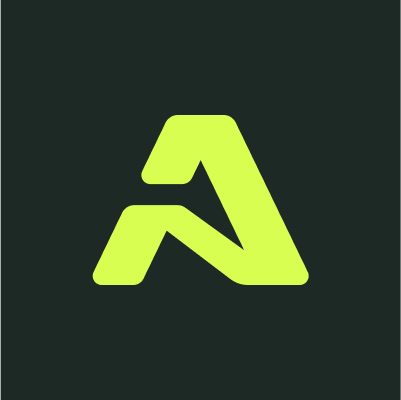 | ATH | Compute | 844,097 | $236,251,528 | $0.05823 | $40,398,584 | -2.1% | -5.1% | +13.6% | - | |
 | HONEY | SensorAI | 48,864 | $185,246,885 | $0.06310 | $712,922 | -4.2% | -14.1% | +12.6% | 8,037 |
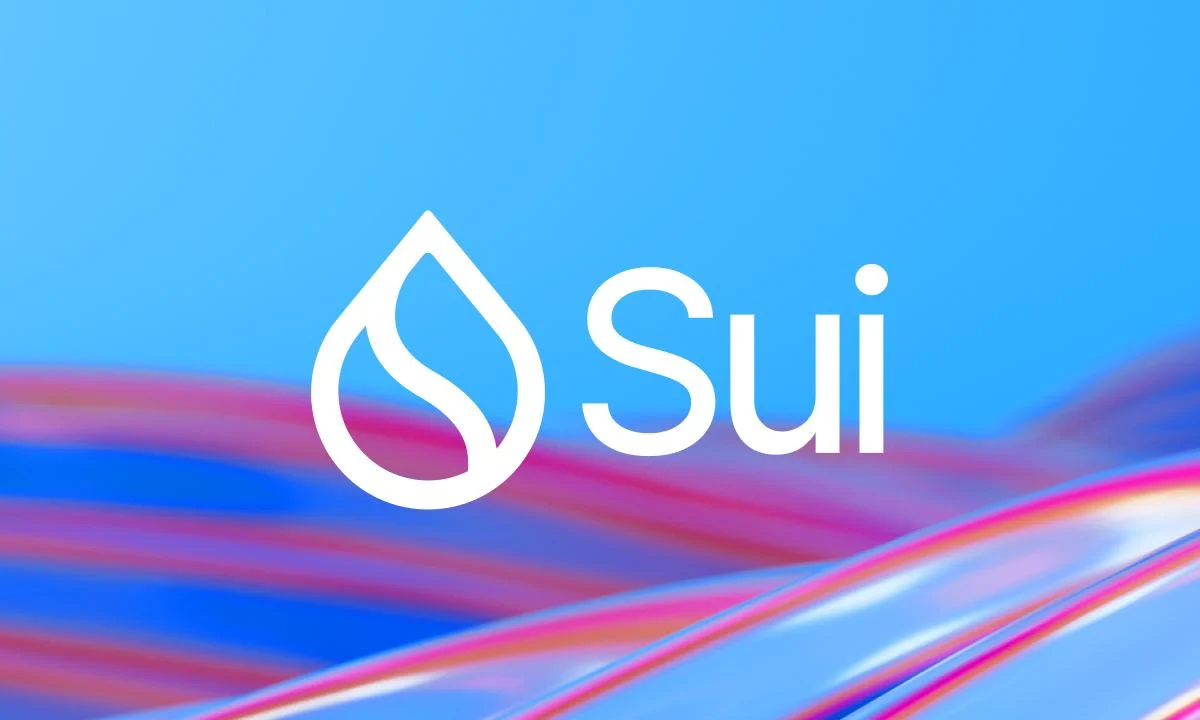
a day ago
Sui Foundation Partners with Franklin Templeton to Enhance Blockchain InnovationOn November 22, 2024, the Sui Foundation announced a strategic partnership with Franklin Templeton Digital Assets, aimed at driving innovation within the Sui blockchain ecosystem. This collaboration is set to enhance the development of Sui, a Layer 1 and smart contract platform, by creating value opportunities for builders of blockchain-based solutions. Jameel Khalfan, Head of Ecosystem Development at Sui, highlighted that the partnership is a validation of Sui's technology, which was inspired by challenges in decentralized finance that Franklin Templeton is addressing.
Franklin Templeton Digital Assets has been actively involved in blockchain technology for several years, focusing on building solutions, running node validators, and developing investment strategies. Their dedicated digital assets research team employs tokenomic analysis and data science insights to guide product development and investment decisions. Tony Pecore, SVP and Director of Digital Asset Management at Franklin Templeton, expressed excitement about the advancements being made by the Sui team, noting that blockchain technology has often faced technical limitations despite its growing interest.
The Sui ecosystem is already home to innovative projects such as DeepBook, a decentralized finance solution akin to a central limit order book, and Karrier One, which supports a decentralized mobile network. Additionally, Sui has recently launched native USDC, providing users with direct access to a widely used stablecoin while mitigating risks associated with bridged assets. As a secure and scalable platform, Sui is positioning itself as a premier destination for application builders across various sectors, including gaming, DeFi, and tokenized securities.
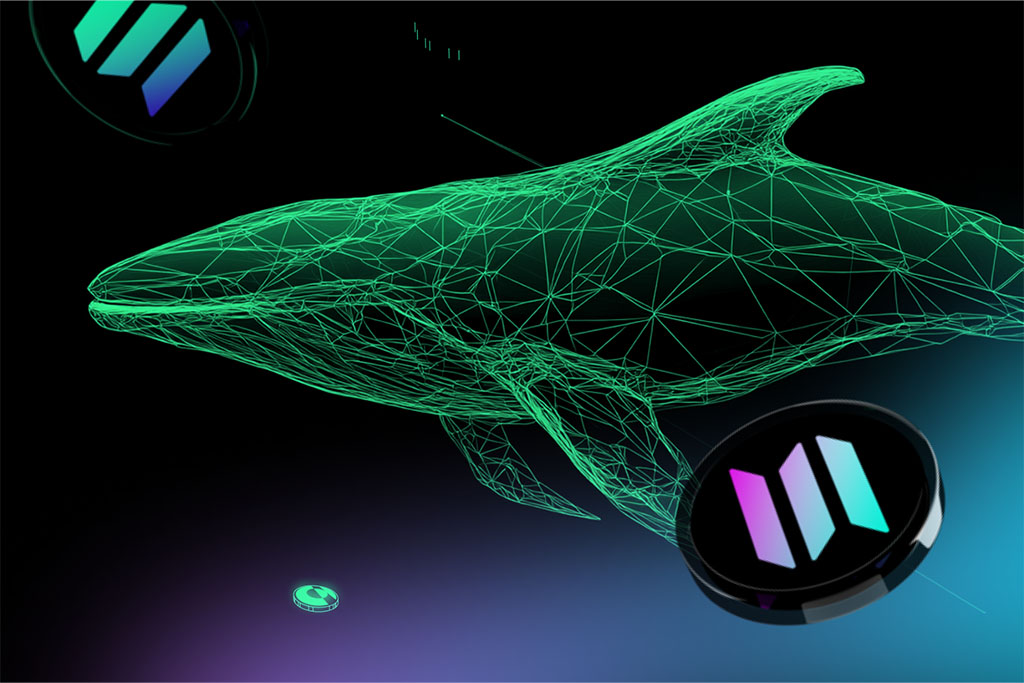
a day ago
Akash Network and Lunex Network Lead the Charge in Cryptocurrency InnovationThe cryptocurrency market is witnessing significant developments, particularly with the Akash Network's DePIN protocol, which has recently crossed a billion-dollar market cap. This surge has led to a notable increase in the Akash price, reflecting growing investor confidence. Meanwhile, Solana is on the brink of achieving a new all-time high (ATH), with its market cap inflow allowing it to surpass BNB. The excitement surrounding Solana's impending ATH is not just a win for the platform but also for the broader cryptocurrency ecosystem, showcasing its potential for mainstream adoption and robust development activity.
In the realm of decentralized finance (DeFi), Lunex Network has emerged as a promising new player. This hybrid exchange offers a unique solution by facilitating cross-chain trading with over 50,000 trading pairs and a zero-fee structure. Lunex Network aims to simplify DeFi for both novice and experienced traders, making it more accessible to retail investors. With an impressive liquidity of $2.95 million already secured, Lunex is positioning itself as a key facilitator in the DeFi space, potentially democratizing access to this lucrative market.
The rise of Akash Network, Solana, and Lunex Network highlights a broader trend towards decentralized innovation beyond traditional finance. Akash's recent 10% surge in the last 24 hours and a remarkable 36% increase over the past week emphasize its potential to disrupt conventional cloud services. As the demand for decentralized, trustless platforms grows, these tokens present exciting investment opportunities. With Solana nearing its ATH and Akash's momentum, investors are keenly watching these developments, while Lunex Network continues to attract attention with its DeFi offerings.

a day ago
ATOR's Journey: Building a Decentralized Future for Internet PrivacyA year ago, the Tor Project made a significant decision to remove all ATOR Relays from their network, which sparked a vision for a new decentralized future. Instead of surrendering, the team aimed to create a self-scaling, trustless network designed to enhance privacy for users worldwide. Their goal is to disrupt the VPN market by combining speed, reliability, and user-friendliness through bespoke hardware, ultimately making private browsing accessible to billions. This vision has now materialized with the launch of the Anyone Network, which boasts an impressive 5000 active relays, establishing itself as one of the largest and fastest mixnets globally.
Reflecting on the past year, the team expresses gratitude to their community for their unwavering support during challenging times. Despite the difficulties, the project demonstrated resilience and strength, showcasing the power of decentralization and community alignment. The leadership and engineering teams remained intact throughout the transition, empowering former community members to take on more significant roles within the ecosystem. The project has evolved into an open-source initiative, expanding from a single Smartweave registration protocol to over 30 active repositories contributing to blockchain technology, privacy, hardware, and applications.
Looking ahead, the team acknowledges the journey is far from over, with plans to further decentralize the network following the transition to their AO distribution protocol. They emphasize that community governance will play a crucial role in maintaining the network's safety and performance. The spirit of ATOR is now emblematic of overcoming setbacks in the Web3 space, and the team is committed to transparency through regular updates. As they tackle the larger challenge of global privacy adoption, they remain dedicated to building a Web3 ecosystem that has the potential to transform lives.

a day ago
Enhancing Context Recall in Retrieval-Augmented GenerationRetrieval-augmented generation (RAG) has emerged as a pivotal method for integrating large language models (LLMs) into specialized business applications, enabling the infusion of proprietary data into model responses. Despite its effectiveness during the proof of concept (POC) phase, developers often face significant accuracy drops when transitioning RAG into production. This issue is particularly pronounced during the retrieval phase, where the aim is to accurately fetch the most relevant context for a given query, a metric known as context recall. This article delves into strategies for enhancing context recall by customizing and fine-tuning embedding models, ultimately improving RAG's performance in real-world applications.
RAG operates in two main steps: retrieval and generation. In the retrieval phase, the model converts text into vectors, indexes, retrieves, and re-ranks these vectors to identify the top matches. However, failures in this phase can lead to missed relevant contexts, resulting in lower context recall and less accurate generation outputs. One effective solution is to adapt the embedding model, which is designed to understand relationships between text data, to produce embeddings that are specific to the dataset being used. This fine-tuning allows the model to generate similar vectors for similar sentences, enhancing its ability to retrieve context that is highly relevant to the query.
To improve context recall, it is essential to prepare a tailored dataset that reflects the types of queries the model will encounter. This involves extracting a diverse range of questions from the knowledge base, paraphrasing them for variability, and organizing them by relevance. Additionally, constructing an evaluation dataset helps assess the model's performance in a realistic setting. By employing an Information Retrieval Evaluator, developers can measure metrics like Recall@k and Precision@k to gauge retrieval accuracy. Ultimately, fine-tuning the embedding model can lead to substantial improvements in context recall, ensuring that RAG remains accurate and reliable in production environments.

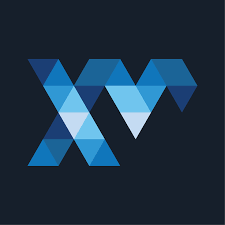

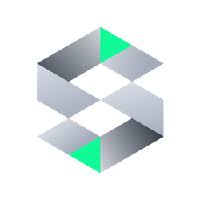
.png)
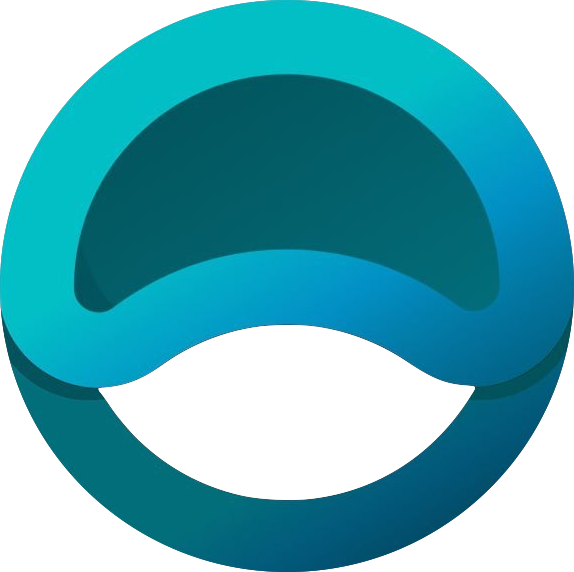
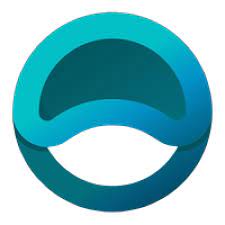



.png)